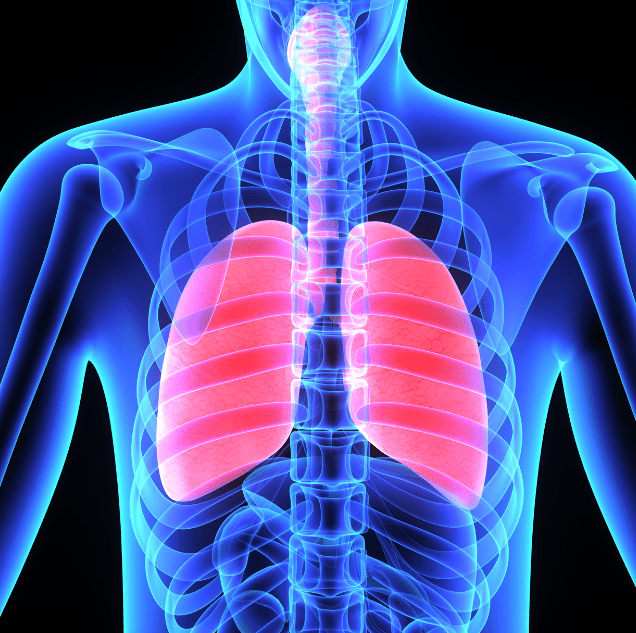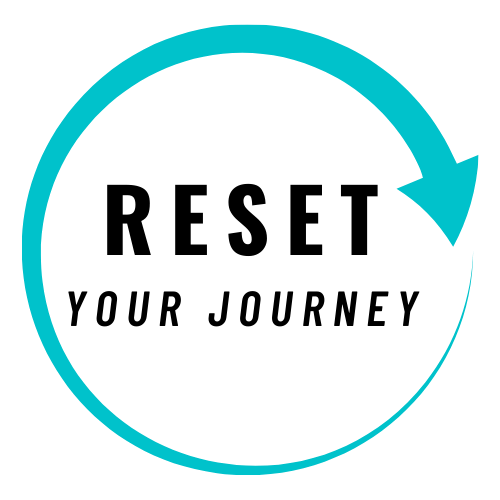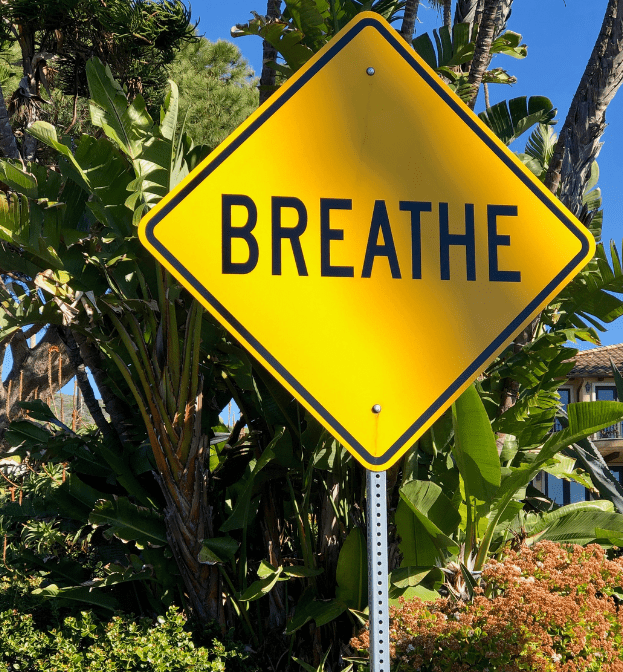Last Updated on 07/16/2023 by Glynn Willard
What happens internally when we do breathing exercises? We already know breathing exercises are beneficial.
Let’s scrape the surface of the internal changes that occur when we do breathing exercises.
Exercising different breathing techniques and meditation are great vehicles for visualizing the reality you want and act it out as though it’s your reality.
It resets your thought processes. Focus more on your breathing since it’s forced meditation.
There are a lot of great YouTubers who teach different breathing techniques along with meditation. Using one of them as a resource is very helpful.
I do prefer to follow Breathe With Sandy. He has a no nonsense approach about breathing techniques and seems to genuinely care about his subscribers.
Are Breathing Exercises Worth The Effort

Let’s briefly discuss a little science behind breathing techniques and breath holding.
I promise, I’ll (try to) keep it simple.
There’s a lot of trendy pseudoscience floating around the internet about what happens when you’re doing breathing exercise.
But there’s also some solid peer reviewed research supporting the benefits.
First, let me just say it’s worth incorporating into your daily routine.
Secondly, let’s break down the physiology in layman’s terms. I had to crack my textbooks and brush up before laying down this information.
Physiology Of Breathing Exercises

So what happens when we change our rate of respiration?
Obviously, there’s a change in the movement of gas in and out of blood and cellular tissue, which is powered by pressure.
Then there’s a change in the pH of your blood.
The change in pH plays a role in the movement of oxygen on and off hemoglobin (the primary taxi service for oxygen and carbon dioxide).
I’m sure you’ve heard people talk about blood alkalinity or acidity. The more acidic the blood, the weaker the bond between oxygen and hemoglobin.
Fortunately, Only 20 to 25% of oxygen bound to hemoglobin is released during one systemic circuit.
So the taxi is always carrying “reinforcements.”
On a side note, hemoglobin does not offer its taxi services exclusively to oxygen and carbon dioxide.
It will also gladly accept payment from other dangerous gasses (carbon monoxide, nitric oxide, etc).
No doubt we all know the dangers of carbon monoxide poisoning.
Brain Regulation On Breathing Exercises

Components in your brain stem (Pons and Medulla) control your breathing rate via feedback receptors.
They’re always “listening.” But your hypothalamus, which regulates homeostasis, has a say too and can influence the Pons and Medulla.
This happens in situations that make you gasp such as cold water exposure.
But wait, there’s a higher level! Your Cerebral Cortex can override all of the latter (except when carbon dioxide reaches dangerous levels).
This is the part of your brain you’re using when you control your breathing rate.
It takes 1-3 minutes of respiration change to elicit a change in your blood’s pH and although slow, it has a very large effect compared to chemical buffers.
In other words, breathing exercises can have a profound effect.
If you change your breathing rate to slow deep inhales and exhales, guess what?
Your oxygen saturation only goes up a little bit. Not what most expect?
But here’s the thing, as mentioned earlier, alterations in breathing patterns can have a dramatic effect on blood pH.
And blood pH is the key.
Slow, shallow breathing allows CO2 to accumulate in the blood and pH drops (more acidic).
On the other hand, rapid deep breathing flushes CO2 and increases pH and strengthens the bond between hemoglobin and O2.
Holding Your Breath
What about holding your breath?
Controlled cessation of breathing allows carbon dioxide to accumulate and lower the pH of the blood (more acidic).
This causes an increase in the diameter of the blood vessels. This is a good thing.
Thirty to sixty deep rhythmic breathing cycles with cessation of breathing on the last exhale will generally elicit a very calming and warm feeling.
This is my favorite part in the cycle!
Wrapping Up Breathing Exercises
Making time to work breathing exercises and meditation into your daily routine will only have positive results for you.

You’ll:
- Become calmer
- Lower your blood pressure
- Improve the strength of your diaphragm
- Improve your body’s tolerance to carbon dioxide
- Improve the efficiency at which your body maintains the proper pH of your blood
I recommend starting each morning with 10 minutes of breathing exercise and progress upwards with time.
I bet you’ll start to crave it after only a few weeks.
Have you added breathing exercises to your fitness regimen?
We appreciate any help we can get to bring you great content. Donate or buy us a coffee on our Ko-Fi site. You can also follow along and subscribe to our YouTube channel, Reset Your Journey.


